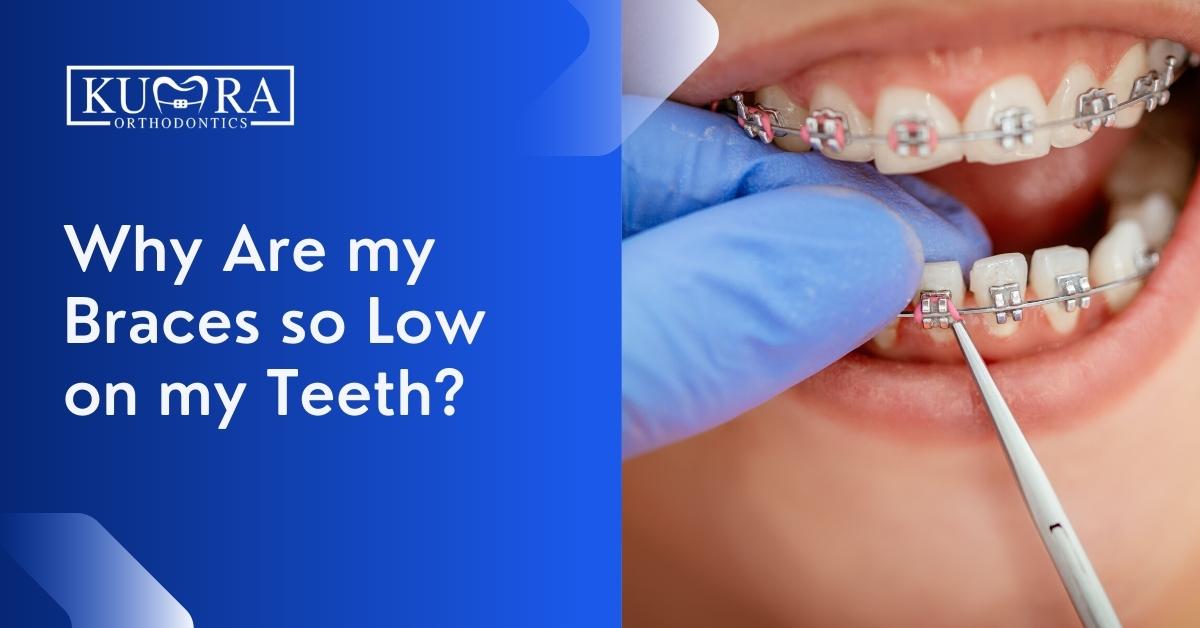What Sets Cumming Braces and Aligners Aside From Other Orthodontic Treatments
What Sets Cumming Braces and Aligners Aside From Other Orthodontic Treatments
Blog Article
Comprehensive Overview to Orthodontics Treatments for Dealing With Dental Imbalances
Recognizing the details of each procedure, including their mechanisms, benefits, and potential disadvantages, is crucial in making informed decisions regarding one's orthodontic therapy. As we browse with the detailed overview to orthodontic procedures for dealing with oral misalignments, the intricate information of each technique will unravel, losing light on the path towards a functional and unified dental alignment.
Orthodontic Procedures Introduction

Regular changes and surveillance are important components of orthodontic therapy to make certain progression is on track and to make any necessary modifications along the way. By going through orthodontic treatments, clients can not only attain a straighter grin yet likewise improve their general oral health and wellness and function.
Conventional Dental Braces: How They Work
When considering orthodontic therapies for dental misalignments, traditional braces stand out as a time-tested approach for remedying teeth positioning. Traditional braces are composed of brackets, wires, and bands that work together to apply continual stress on the teeth, progressively relocating them right into the preferred alignment.
One trick facet of exactly how traditional dental braces work is the procedure of bone improvement. As pressure is related to the teeth with the braces, the bone surrounding the teeth is improved to support the brand-new tooth settings. This remodeling is necessary for the long-lasting security of the fixed alignment. Individuals will require routine changes at the orthodontist's workplace to ensure the dental braces proceed to use the correct pressure for reliable teeth movement.
Unnoticeable Aligners: Disadvantages and pros
Undetectable aligners use a very discreet and hassle-free alternative to conventional braces for remedying oral imbalances. These clear, personalized trays are practically undetectable when put on, making them an enticing alternative for people looking for a more aesthetically pleasing orthodontic treatment. One of the primary advantages of unnoticeable aligners is their removability, permitting for less complicated maintenance of oral hygiene compared to conventional braces. Clients can remove the aligners prior to consuming or brushing their teeth, minimizing the risk of food getting stuck in the device and simplifying the cleansing process.

Surgical Orthodontic Options
Surgical interventions in orthodontics existing sensible options for attending to intricate oral misalignments that may not be successfully settled through traditional orthodontic therapies. While invisible aligners and conventional dental braces can correct numerous orthodontic problems, certain cases require surgical treatment to achieve ideal outcomes. Surgical orthodontic options are normally advised for severe malocclusions, significant jaw inconsistencies, and instances where the underlying bone framework needs adjustment to attain appropriate placement.
One common surgical orthodontic procedure is orthognathic surgical treatment, which includes rearranging the jaws to remedy useful issues such as difficulty chewing or talking. This surgical procedure is usually carried out in partnership with an orthodontist who helps line up the teeth before and after the procedure. Surgical orthodontics may additionally include treatments to reveal influenced teeth, get rid of excess periodontal tissue, or reshape the jawbone to Click Here create a more unified face account.
Prior to considering surgical orthodontic alternatives, people go through a comprehensive analysis to determine the necessity and possible benefits of such interventions. orthodontist. While surgical procedure may appear complicated, it can dramatically improve both the function and aesthetics of the smile in instances where conventional orthodontic treatments drop short
Retainers and Post-Treatment Care

Post-treatment care includes following the orthodontist's guidelines vigilantly. This might include appropriate dental hygiene methods, participating in follow-up visits, and putting on the retainers as prescribed. Failure to follow post-treatment treatment instructions top article can lead to regression, where the teeth gradually move back in the direction of their initial positions. Constant retainer wear, great dental health, and regular dental examinations are important for preserving the outcomes achieved through orthodontic surgical treatment and ensuring the long-lasting security of the dealt with oral alignment.
Verdict
In final thought, orthodontic treatments supply different alternatives for remedying dental misalignments. Surgical orthodontic alternatives go to the website are offered for more extreme misalignments. On the whole, orthodontic treatments can properly enhance dental health and wellness and visual look.
As we browse through the comprehensive overview to orthodontic treatments for dealing with dental imbalances, the complex details of each approach will certainly unravel, losing light on the path towards a functional and unified oral positioning. - invisalign
One of the most common orthodontic therapies is the usage of braces, which are composed of metal brackets and cords that apply mild pressure to progressively move teeth right into the desired setting.When considering orthodontic treatments for oral imbalances, conventional dental braces stand out as a tried and true approach for correcting teeth positioning. In addition, unnoticeable aligners might not be ideal for complex orthodontic problems that call for more significant teeth motion, as they are typically suggested for moderate to modest instances. Retainers are customized orthodontic tools designed to hold teeth in their remedied placements after the conclusion of orthodontic therapy.
Report this page